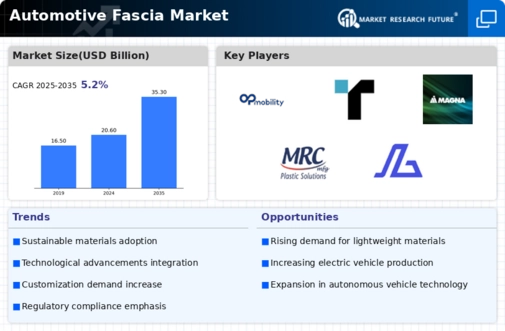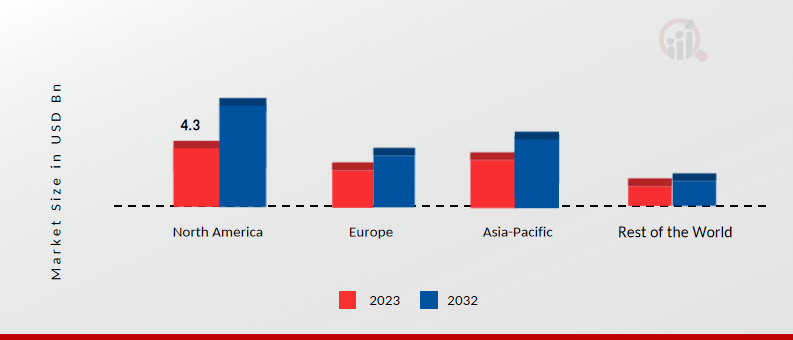Leading market players are investing heavily in research and development in order to expand their product lines, which will help the Automotive Fascia market, grow even more. Market participants are also undertaking a variety of strategic activities to expand their global footprint, with important market developments including new product launches, contractual agreements, mergers and acquisitions, higher investments, and collaboration with other organizations. To expand and survive in a more competitive and rising market climate, Automotive Fascia industry must offer cost-effective items.
Manufacturing locally to minimize operational costs is one of the key business tactics used by manufacturers in the global Automotive Fascia industry to benefit clients and increase the market sector. In recent years, the Automotive Fascia industry has offered some of the most significant advantages to medicine. Major players in the Automotive Fascia market, including Chiyoda Manufacturing, FLEX-N-GATE CORPORATION, Plastic Omnium, Inhance Technologies, Magna International Inc., MRC Manufacturing, Dongfeng Electronic Technology Co. Ltd., SANKO GOSEI, Eakas Corporation, Gestamp Automoción S.A., and others, are attempting to increase market demand by investing in research and development operations.
Compagnie Plastic Omnium SA (Plastic Omnium), a division of Burelle SA, produces and markets high-tech goods and automobile parts. It creates and sells bodywork modules, bumpers and front-end assemblies, body panels and spoilers, rear closure systems, semi-structural and structural elements, and other front-end modules. It also produces and sells painted external plastic and composite components. It provides goods to companies that make cars and trucks. The company conducts business across the Americas, Europe, and Asia. The headquarters of Plastic Omnium are located in Levallois, Ile-de-France, France.
Engineering company Chiyoda Corp (Chiyoda) is integrated. It offers services in engineering, planning, procurement, construction, operation, and maintenance. Asset management and business support services are also provided by the corporation. Chiyoda creates its own technology to offer cutting-edge solutions in the areas of chemical and environmental engineering. It runs through a network of sales bases, project execution bases, engineering centres, procurement bases, and operation support offices. Oil and gas, chemicals and petrochemicals, medicines, environmental technology, new and renewable energy, social infrastructure, and industrial sectors are just a few of the industries the company serves.
The headquarters of Chiyoda are in Yokohama, Kanagawa, Japan.







